For my History 201 class, Kansas City Becomes The Classroom, taught by Dr. Daniel Kotzin, we were instructed to go on a tour of the 18th and Vine District in Downtown Kansas City using The Clio, which is a virtual guide on many different museums and historical sites in the United States. After enjoying that virtual tour, I decided to take this as an opportunity to showcase here the beauty of our downtown area and also share the history of this foundational street.
18th and Vine, dubbed as Kansas City’s “Jazz District” in the 1920s, is the home of the American Jazz Museum and many live music clubs and restaurants like The Blue Room, The KC Blues Juke House and the Gem Theater. This area is also known for its predominantly African American community and history. It holds the Negro Leagues Baseball Museum and the Black Archives of Mid-America as main attractions in the district.
As I made my way to the locations mentioned, my attention was drawn to four uniquely built structures. Below are my findings on these places and their histories.
Charlie Parker Memorial

Charlie “Bird” Parker started his career in jazz as a teenager in 1940s Kansas City. He played in many of the clubs at 18th and Vine. Nearly a decade later, Parker is considered among the most influential jazz musicians of all time. Standing 18 feet tall, this statue was built to memorialize Parker as he often held himself: “head tilted downward, eyes shut, and lips pursed as if he were playing the saxophone,” as The Clio wrote.
Kansas City’s The Call
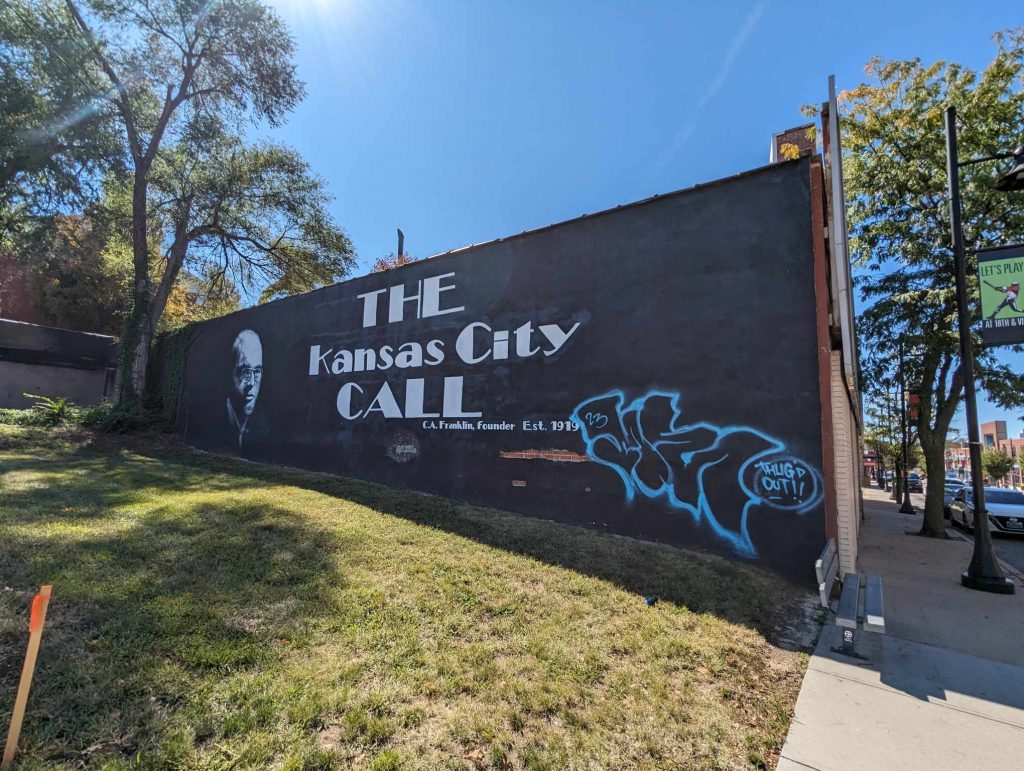
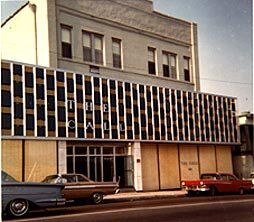
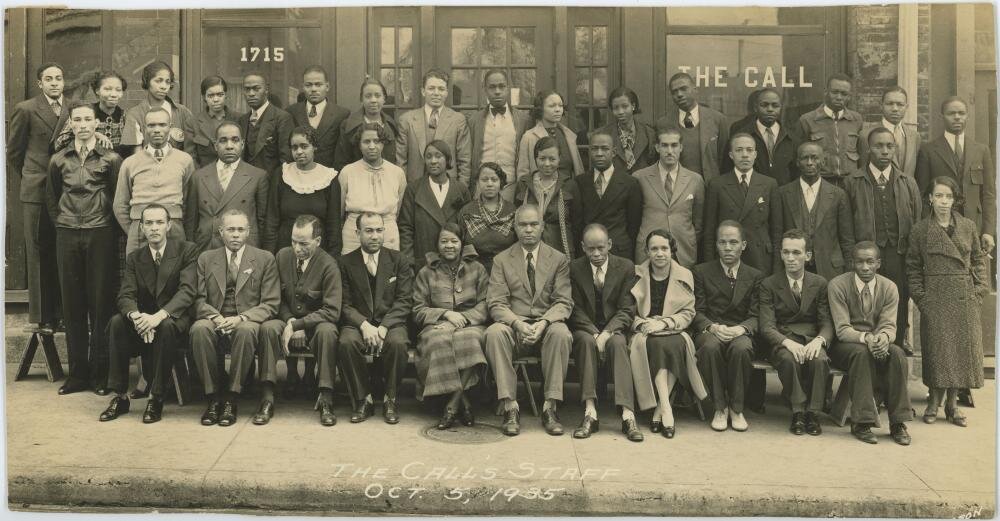
Kansas City’s The Call, founded in 1919 by Chester A. Franklin, is a weekly newspaper that actively supports the local and national African American communities. Still publishing a new issue every Friday, this newspaper was one of the first Black newspapers in the United States, as stated by The Clio, and it eventually spread to other states in the Midwest. (Photos 2 and 3 from the African American Heritage Trail of Kansas City website.)
Gem Theater
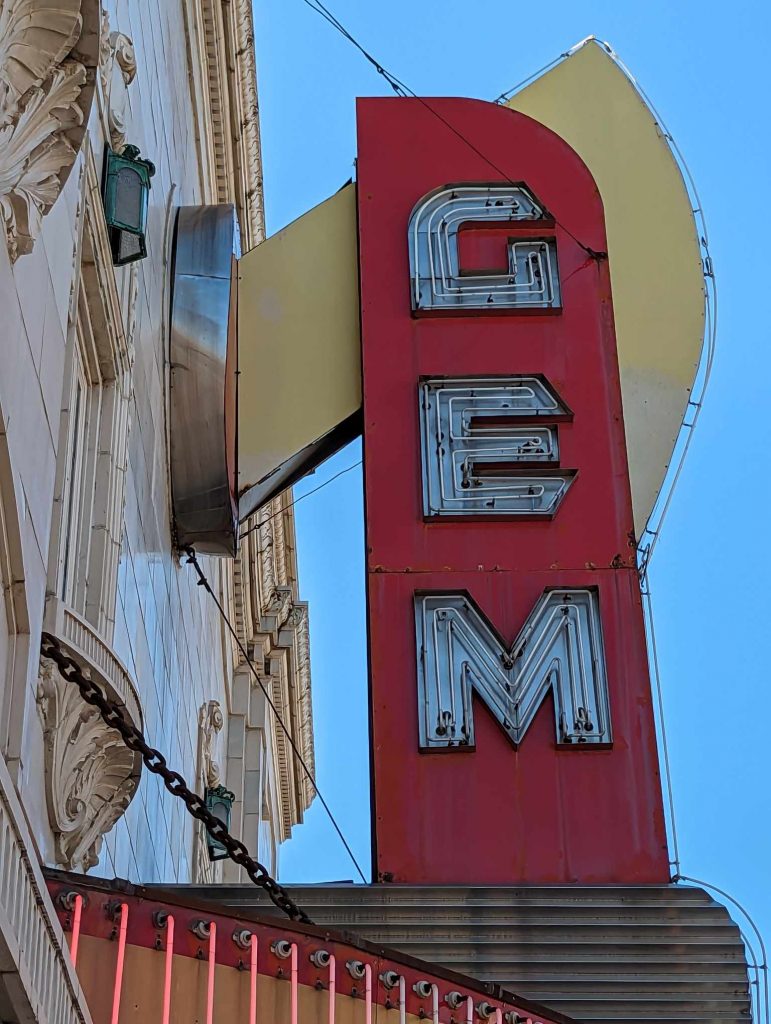


Originally called the Star Theater in 1912, The Clio writes, the Gem Theater was a place specifically for African Americans to see films during a time of deep segregation. After falling into disrepair in the 1960s, the theater was renovated to become a venue for live performances. (Photos 2 and 3 from the African American Heritage Trail of Kansas City website.)
The Vine Street Workhouse
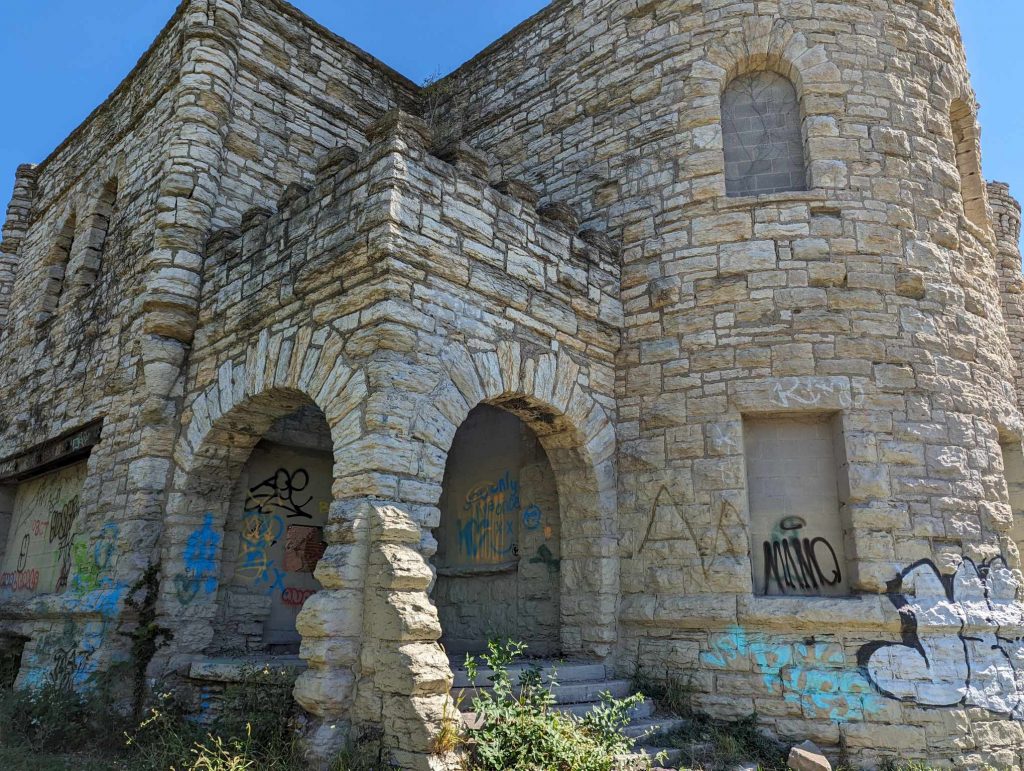
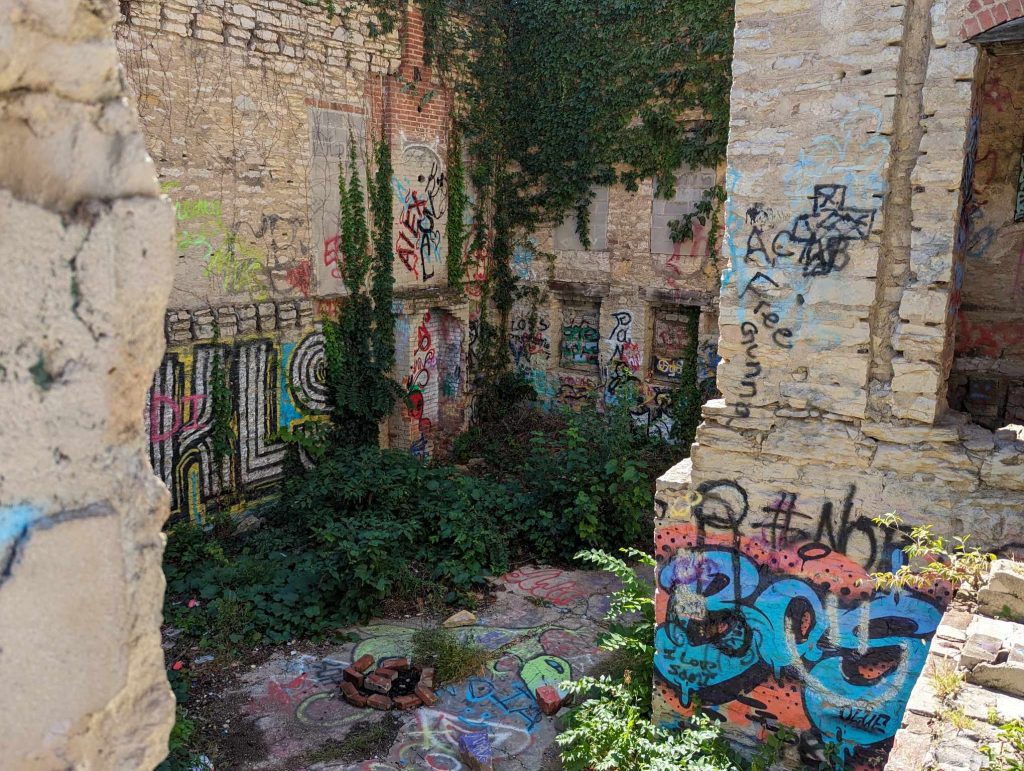

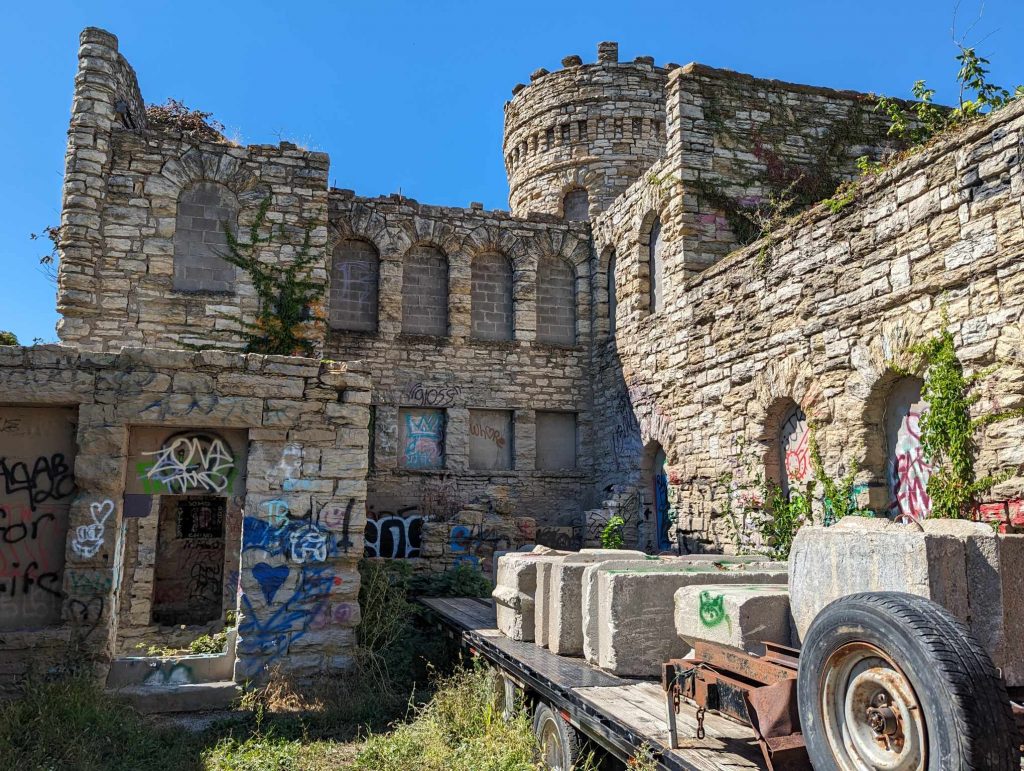
Built in 1897 by the prisoners of the workhouse, this castle-like structure was used as a city jail. According to the African American Heritage Trail of Kansas City, the men housed at the “workhouse castle” worked for the city, while the women worked as seamstresses. After the jail was closed in 1924, the workhouse was repurposed several times until it was finally abandoned in 1972. The “castle” still remains untouched– besides the graffiti and overgrown vegetation.
